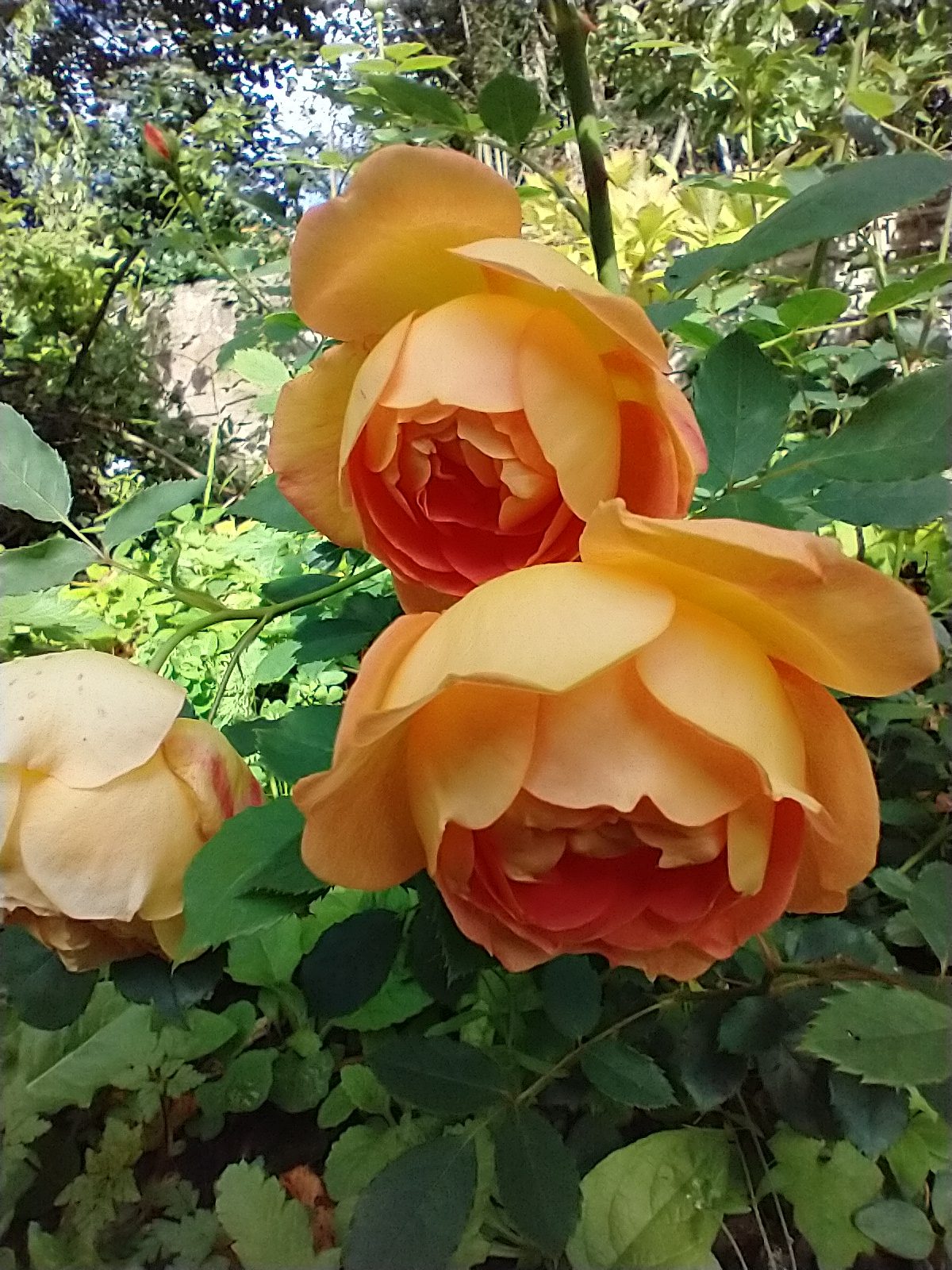 The October issue of the venerable Gramophone magazine has a review of my new book.
The October issue of the venerable Gramophone magazine has a review of my new book.
I reproduce some of it here as the magazine is behind a paywall.
The reviewer, Jeremy Nicholas, has quibbles about my choice of pieces, wondering why I included this and not that, but he goes on to say:
‘If one ignores the lopsided selection, what we have here is a genuinely inspiring and rewarding study. It is like reading a series of extremely informative, revealing and entertaining CD booklets. Tomes writes like a dream and with such elegance, her erudition worn so lightly and her ‘insider knowledge’ dispensed so generously, that even those with a minimal interest in the subject must want to share this journey with her.
‘Perhaps her most important gift is to make the reader stop reading and go and listen to (or physically play) the music she is writing about. Whether she is introducing someone to a work, reminding someone else of an old favourite or waxing lyrical about a particular moment or passage in a piece, Tomes’ glowing affection and profound appreciation of the music are never less than stimulating. Here she is on the opening of Brahms’s D minor Concerto, having set the work in the context of Brahms’s career: ‘The piece begins with a stormy and defiant orchestral episode, almost like the first scene of an opera. When the soloist enters, it is as thought a curtain has risen to reveal the main character sitting at a window, lost in thought.’ Spot on. I shall never be able to listen to that passage again without that image in my mind. And I wager you will now stop reading this review to go and play that particular section to see if you agree.
‘There is not a single chapter that does not engage the reader in this way (Tomes even managed to mitigate my lifelong disdain for the music of John Cage) though I was dismayed to learn that Poulenc’s Babar the Elephant is now viewed by some people as ‘insensitive’ (apparently, it’s a ‘parody of French colonialism’) and ‘makes uncomfortable reading’.
‘As an introduction for the newcomer wanting to get a satisfactory overview of the development of the piano’s repertoire, there is no other book that tackles the subject in quite the same way; the novice will come away none the wiser that the music selection is so subjective. Seasoned pianophiles will learn much and relish the little asides and anecdotes with which Tomes peppers her prose. Finally, I would urge readers to study the last chapter entitled ‘Tomorrow’s World – Where is Piano Music Heading?’ from which I learned much. It has, like much of the rest of the book, helped to open my ears.’




Quibbling about items included? This is meant to be your choice, Susan – how you write about your choices is what’s great about this book!